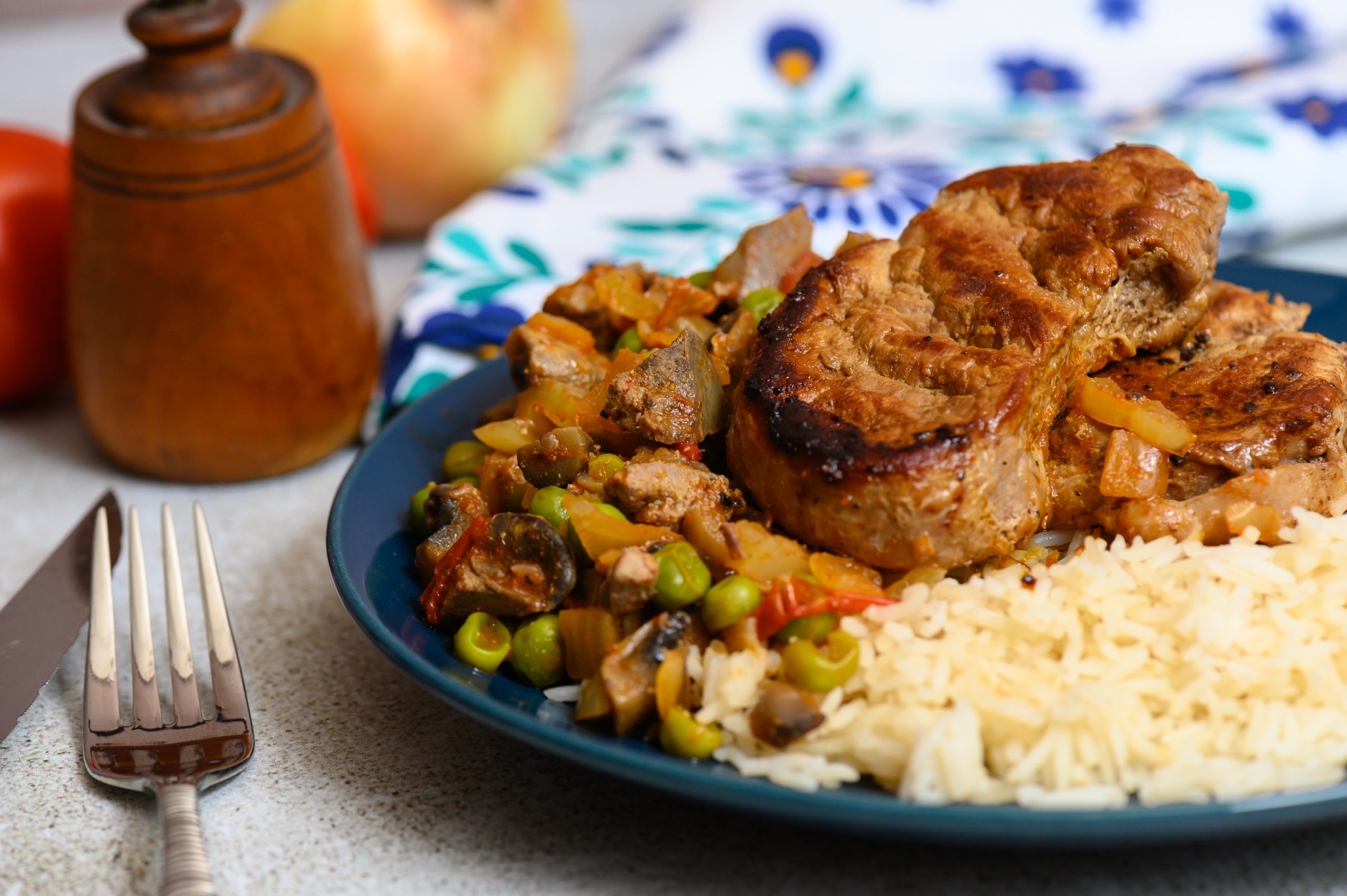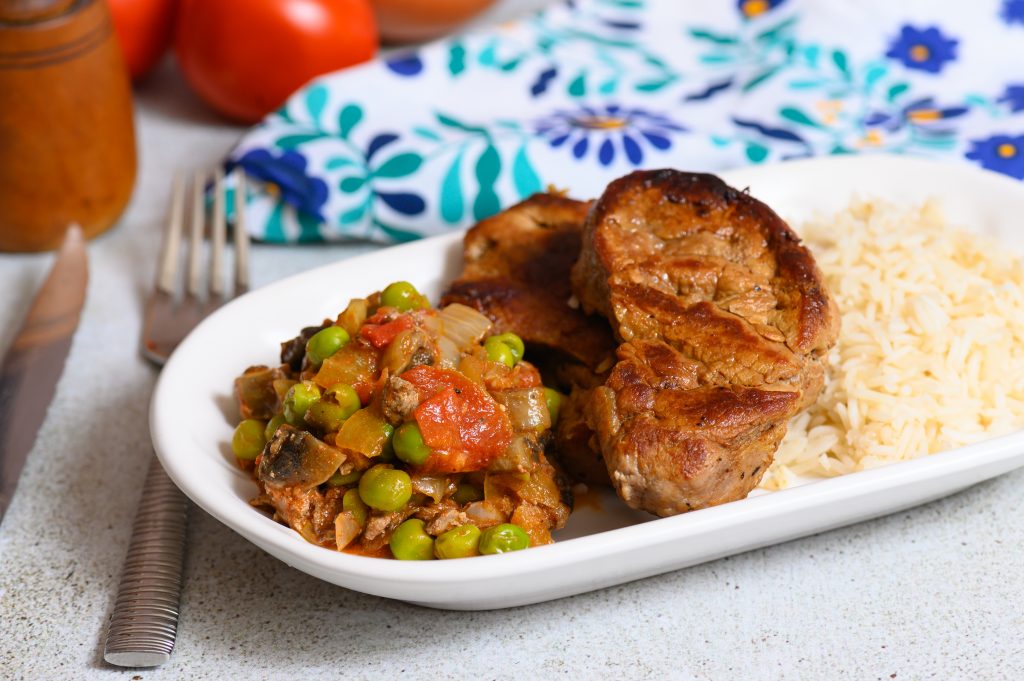
Lángos is Hungary's national street food, offered in countless different flavors. Its simple preparation and incredible taste have fueled its popularity all throughout Central Europe.Continue reading

The Hungarian pavilion at the 1958 Brussels World’s Fair wrote history from many points of view. After all, this was the first international presentation of the freshly throne together Kádár regime, which attempted to provide, appropriately for the times, a display of abundance that was out of this world. The attempt was controversially significant since it aimed to make the new Hungarian soviet regime acceptable to the international community right after the 1956 revolution and the execution of Imre Nagy and his partners.
Translation by Tamás Vaski
The Hungarian restaurant that was set up beside the pavilion was truly a huge success, one which was due in no small part to the many traditional dishes that officially made their debut, and have since become fundamental parts of Hungarian cuisine. This is where Rákóczi cottage cheesecake was born, named after the pavilion’s head chef. Hortobágy crepes were also first officially displayed here, as was Budapest-style beef tenderloin, the star dish of socialist-Hungarian gastronomy.
The latter was quite an insolent move by the organizers back then, at a time when a Hungarian would not even see beef tenderloin in pictures, never mind covered in a foi gras and mushroom ragout that lifted it straight into an echelon of luxury.
The cooking textbook (which is unfortunately still used in culinary education) written by József Venesz, the head of the Hungarian pavilion’s restaurant, was necessary for this dish to stay alive until this day, since it has practically only been able to survive in fine dining restaurants on par with the Mátyás Cellar (Mátyás Pince).
Nevertheless Budapest-ragout is a breathtakingly delicious garnish for any kind of meat, which is why it very quickly slipped into family kitchens, public dining areas, and simpler restaurants after multiple “survivalist” changes were made to its recipe.

This is how today’s most popular version of Budapest-style pork tenderloin came about, for which chicken or duck liver is typically used instead of goose liver.
Ingredients:
For the ragout:
For the pork tenderloin:
+rice or potatoes as garnish
Preparation:
For the ragout:
Cook the bacon on its fat, add the finely diced onion and cook it until it is translucent. Then add the garlic, followed by the peppers. Spice it with paprika, stir it, and then add the tomatoes. Add salt and pepper, then leave it to cook.
If the tomatoes have cooked through for a bit, add the mushrooms, and let them all cook until they release their juices, then add the chicken liver and green peas. Cook them for a few minutes until they are done. If, prior to its addition, the liver is sauté-d for a few minutes on oil, it is less likely to fall apart in the ragout.
For the pork tenderloin:
Pour a small amount of oil in a heated skillet, then place the pork medallions onto its surface. Spice them with salt and pepper, then once their tops have lightened in color, flip each piece, and cook them until they are done.
Cook the rice until it is ready and serve it all together!

Prior to serving, it is optional to heat the tenderloin together with the ragout, or to place each element of the dish onto the serving plates separately.
Photos and featured photo by Péter Csákvári/Hungary Today